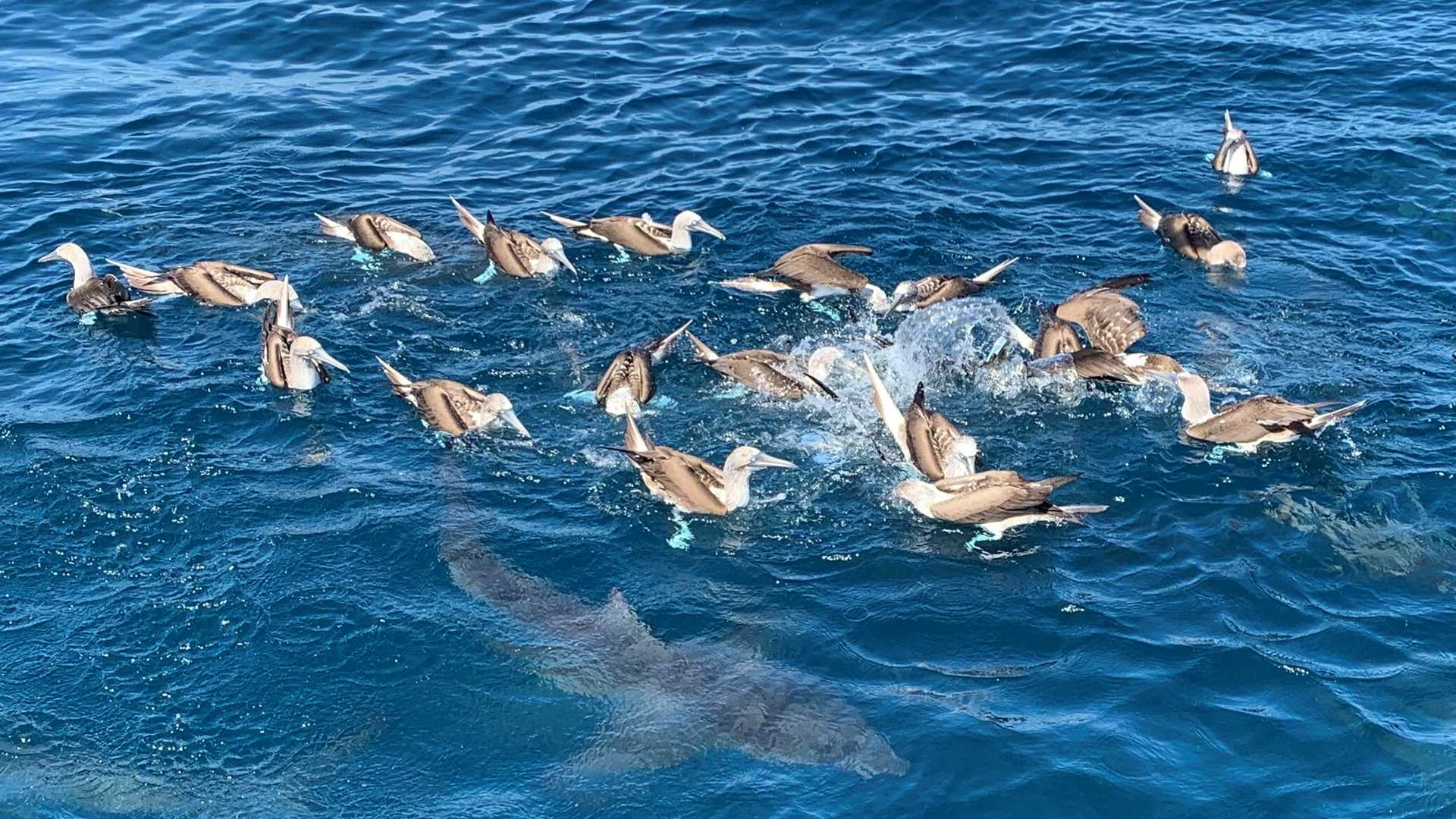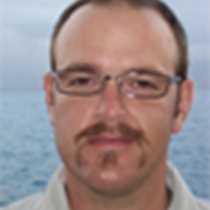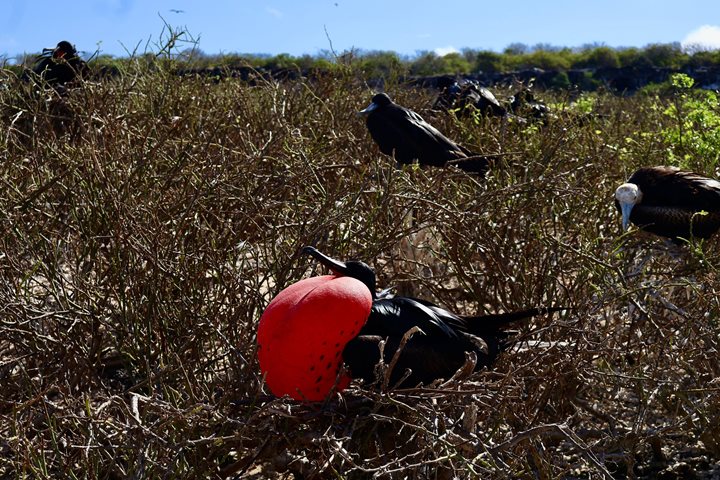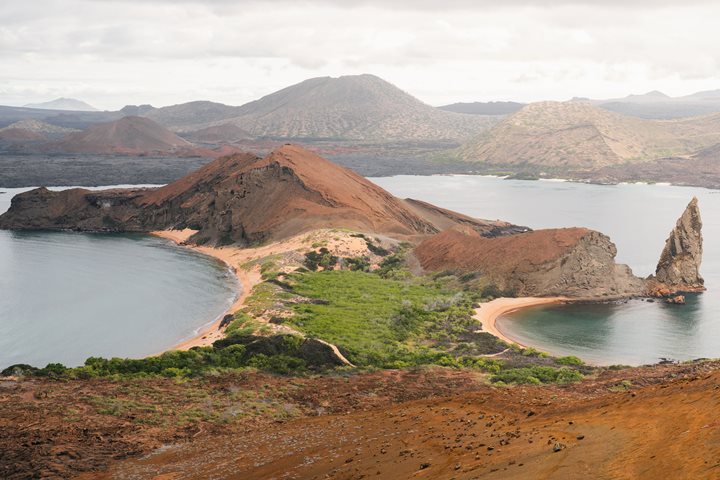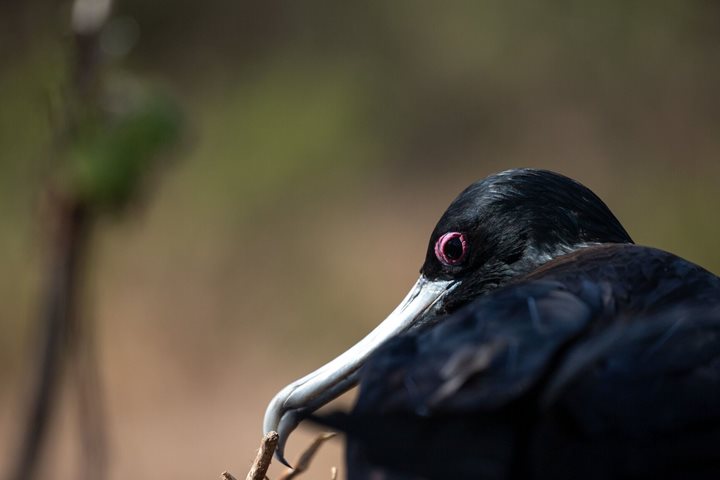Our journey continued as we arrived at North Seymour Island, an uplifted volcanic island in the center of the Galapagos archipelago. North Seymour has an abundance of life with frigatebirds, blue-footed boobies, and Galapagos land iguanas. Inland, frigatebirds displayed for potential mates. They showed off their impressive inflated gular sac while shaking their wings and making a guttural clicking noise. It was quite a show. Blue-footed boobies are starting nests right now, and one showed us the three eggs being incubated. Land iguanas foraged on fresh vegetation, indifferent to us as we passed. Upon returning to National Geographic Endeavour II, a feeding frenzy began as blue-footed boobies, Galapagos sharks, sardines, brown noddy terns, and Galapagos shearwaters took part in the feast. After an incredible morning, we started our afternoon on Rabida Island, a dark red island that shows off its volcanic past. A snorkel along the coast brought us in contact with Pacific green sea turtles, Galapagos sea lions, and an array of reef fish. As the sun dipped below the horizon, we took a short walk to a brackish pond to enjoy American flamingos on full display. What a great finish to our first full day in the archipelago.
6/13/2025
Read
National Geographic Endeavour II
Genovesa Island
We started the day with excitement as we landed on the beautiful, pristine coast of Isla Genovesa - a true birder’s dream. Along the sandy beaches and steep cliffs of Darwin Bay, we were surrounded by an incredible array of birdlife. Frigatebirds soared closely overhead with their red pouches on full display, while Nazca and blue-footed boobies nested along the rocky ledges. Swallow-tailed gulls called out as we walked past. In the distance, we saw the stoic and elusive short-eared owl. The island was alive with color, sound, and constant movement. Between our excursions to Isla Genovesa, we snorkeled near Prince Philip’s Steps and discovered a vibrant world beneath the waves. Schools of fish swirled around us, a fur seal turned in the water as if dancing on cue, and sea lions relaxed nearby. As our last snorkeling adventure came to a close, we spotted a sea turtle resting calmly in a crevice. As the sun retreated into the sky on our last return to National Geographic Endeavor II, we reflected on the sheer magnitude of what we witnessed on our last full day. Isla Genovesa, like the other islands, gave us a connection to a sacred world. The harmony between land, sea, and sky reminded us how deeply interconnected, vital, and fragile these ecosystems are. Watching birds tend to their nests and marine life swim effortlessly, we were struck by how little space there is between wonder and reverence. We recognized that our journey wasn’t just about observing unique wildlife, it was about feeling part of something grander and beautifully ancient.

